1.0.0% Qualità Italiana. Unaprol's Brand to Distinguish Italian Olive Oil
Italian olive oil producers are making a stand to differentiate their products from those of other nations. For too long they say, other nations have been bottling olive oils in such a way that it seems that they are from Italy when in fact, they are not. This is true of many Italian products be it cheese, coffee, or panettone.
Unaprol, the Italian consortium of olive oil producers, has decided to make a stand and has created the 1.0.0% Qualita Italiana Brand. Unaprol represents over 600,000 olive farms. Italy is one of the world’s leading producers of olive oil in the world with 350 cultivars that represent different aromas and flavors and are linked to specific terroirs. There are over 220 million olive trees in Italy.
While Unaprol has been active since 1966, their role is increasing and now includes helping to protect the traceablity of olive oil from the place of production to the bottling facility. Unaprol runs many programs for both the trade and consumers and helps to offer precise details about the products and education on olive oil in general.
Education on olive oil was what Lou Di Palo’s presentation at the Fancy Food show was all about. Di Palo, the fourth generation proprietor of Di Palo’s Fine Food, a specialty food shop in Little Italy led a group of journalists in an olive oil tasting.
Colavita brought olive oil to the United States more than 30 years ago and since that time there has been a huge proliferation of olive oils sold whether they are from Italy, Spain, France, Greece, Tunisia and even California is getting into the act.
Di Palo stressed that the first rule for olive oil is to understand its’ acidity level. It can’t be more than .8% acidity to be considered an Italian Extra Virgin olive oil by the Ministry of Agriculture but to be considered a 1.0.0% Qualita Italiana, it can only have .4% acidity. The olive oil that can use this branding must be able to be traced from tree to bottle as well. It has a variety of other stringent requirements.
Di Palo said that olive oil has four enemies: oxygen, light, heat and time. The shelf life of an olive oil is about 18 months. He also noted that various olive oils have different uses. For example, a monocultivar, or an olive oil made from a single varietal can be used as a finishing oil on salad or grilled vegetables while other oils that are made from blends are better suited to cooking.
If you feel insecure about buying olive oil, Di Palo said that you one way to tell what type of oil you are buying is the price. The blending oils will be much less expensive than say a mono cultivar oil.
In addition to the acidity factor, another important issue for quality olive oil is how and when it was produced. The olives shouldn’t touch the ground when they are harvested because they will become be more bitter. The olives should also be pressed within hours of harvesting. The olives have a different taste depending on when they were picked. If they are picked in October, they will be more intense whereas they will be somewhat softer on the palate if picked in December.
We tasted four oils made with different indigenous cultivars and varying degrees of fruitness. The lightest oil, Sololivo DOP Dauno Gargano, was from Apulia and was made with the Ogliarola garganica olive. It was fruity and delicate and would be a great finishing oil..
A second oil made by Frantoio Figoli was from Calabria and was made with a blend of olive varieties including Dolce di Rossano, Carolea, Frantoio, Nocellara del Belice and Coratina. This oil was grassier and had hints of artichoke. This is also considered a finishing oil. It is made using cold extraction techniques. It is slightly spicier that the previous oil.
The third oil was from Lazio and was an organic oil made by Quattrociocchi. The cultivar was Itrana. This oil was somewhat buttery in taste with tomato, pepper, almond and artichoke notes. This firm also used cold extraction. All of the olives were hand harvested..
The fourth oil was also from Apulia and was called Robusto made by Guglielmi. It too was made from a 100% indigenous cultivar, this time, the Coratina olive. The firm does mechanical harvesting without letting the olives touch the earth. This oil was more peppery than the others and could be used on meats and with full flavored sauces.
This mini panorama of olive oils was just enough to give a taste of how varied the panorama for olive oil can be. The largest producing regions in Italy are Apulia, Calabria, and Lazio but Tuscany, Umbria, Le Marche, Lago di Garda and other regions also produce olives. Of the 20 Italian regions, the only one that doesn’t is the Valle d’Aosta.
Olives are part and parcel of the Italian diet and landscape. Unaprol’s renewed attention to quality control and detail as embodied by the 1.0.0.% Qualita’ Italiana brand is an important step towards protecting this delicate product, a worthy and delicious cause






























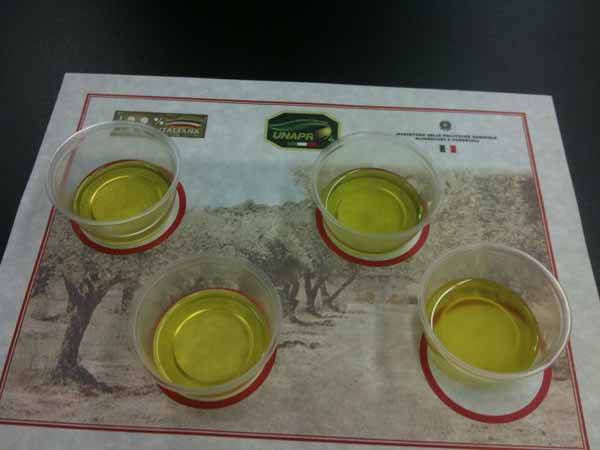
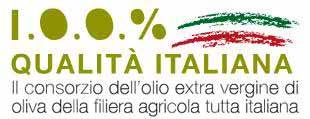

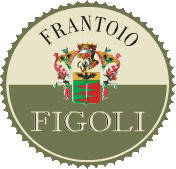
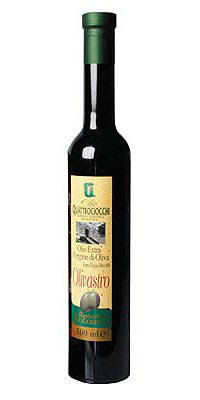
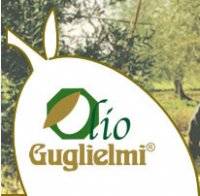



i-Italy
Facebook
Google+
This work may not be reproduced, in whole or in part, without prior written permission.
Questo lavoro non può essere riprodotto, in tutto o in parte, senza permesso scritto.